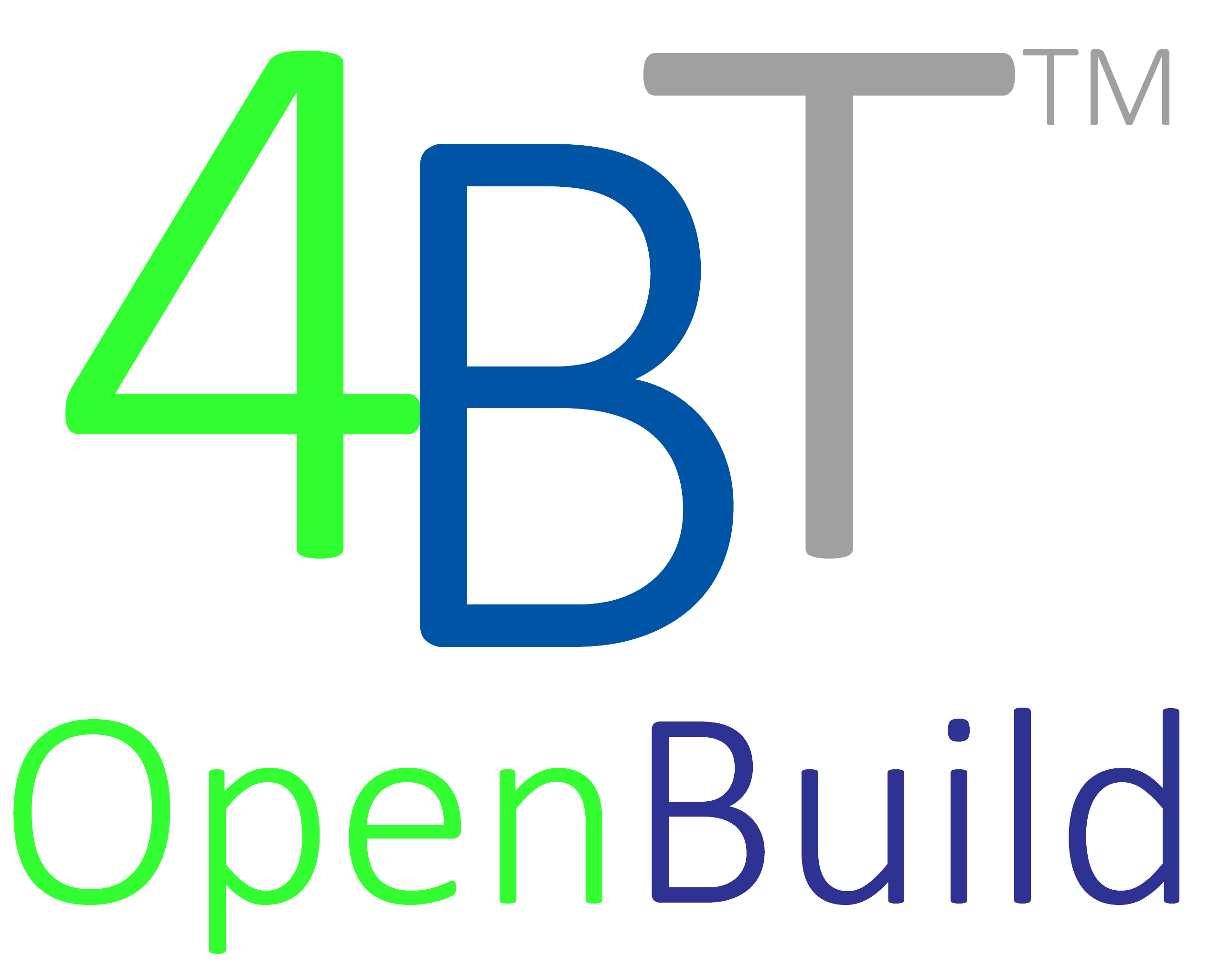Here are a few things to know about Market Leading Construction Cost Estimating Software applications.
“Great things are not accomplished by those who follow popular opinion.”
Many leading construction cost estimating software vendors use prepopulated cost databases are based upon “market averages”, “economic indexes”, and “location factors”, and are static with respect to market conditions. While they do limit the errors typically associated with spreadsheet use, the core cost data is generally not current, verifiable, nor specific to the location.
Why do commercial contractors and real property owners continue to use these outdated tools and methods?
1. Convenience and Time Savings
- Market average prepopulated cost databases save significant time by providing a starting point for estimating. Users can quickly reference costs instead of building detailed estimates from scratch.
2. Perceived Industry Standard
- Many contractors and owners assume these databases represent an acceptable level of accuracy because they are widely used and marketed as reliable.
3. Integration with Estimating Software
- These cost databases are tightly integrated with popular estimating tools, making them easy to use for generating estimates, proposals, and budgets without the need for extensive manual input.
4. General Scenarios
- While these databases may not reflect highly localized or real-time costs, they often provide broad, average scenarios, which is sufficient for some projects during early planning stages.
5. Lack of Alternatives
- Many contractors and owners may not be aware of or have access to better alternatives, such as databases with locally researched, granular cost data which is updated quarterly.
6. Familiarity and Training
- Teams often stick to tools and databases they are familiar with. The learning curve and organizational inertia can discourage adopting new or more specialized solutions.
7. Cost
- These prepopulated databases often come bundled with software licenses, making them seem cost-effective in comparison to investing in third-party or custom databases that may require additional research and maintenance.
8. Perceived Risk of Deviating
- Some organizations fear that deviating from widely accepted tools may lead to discrepancies, making them hesitant to rely on other resources, even if they are more accurate.
Challenges with These Databases
Traditional Leading Construction Cost Estimating Software applications are not up to today’s mandate for LEAN construction, which requires full cost transparency, visibility and significantly improved cost management.
“The reasonable man adapts himself to the world: the unreasonable one persists in trying to adapt the world to himself. Therefore, all progress depends on the unreasonable man.”
— George Bernard Shaw
They path towards 30%-40% improved cost visibility and cost savings includes,
- Objective, locally researched, current, and verifiable granular cost data,
- Quarterly updates to reflect market volatility, and
- Expanded CSI MasterFormat organization for transparency and better cost management.
Reach out to learn more about how to avoid cost overruns and inaccurate budgeting, especially on projects requiring precise cost visibility, transparency, and local adaptation.
“The surest way to be left behind is to do what everyone else is doing.”


